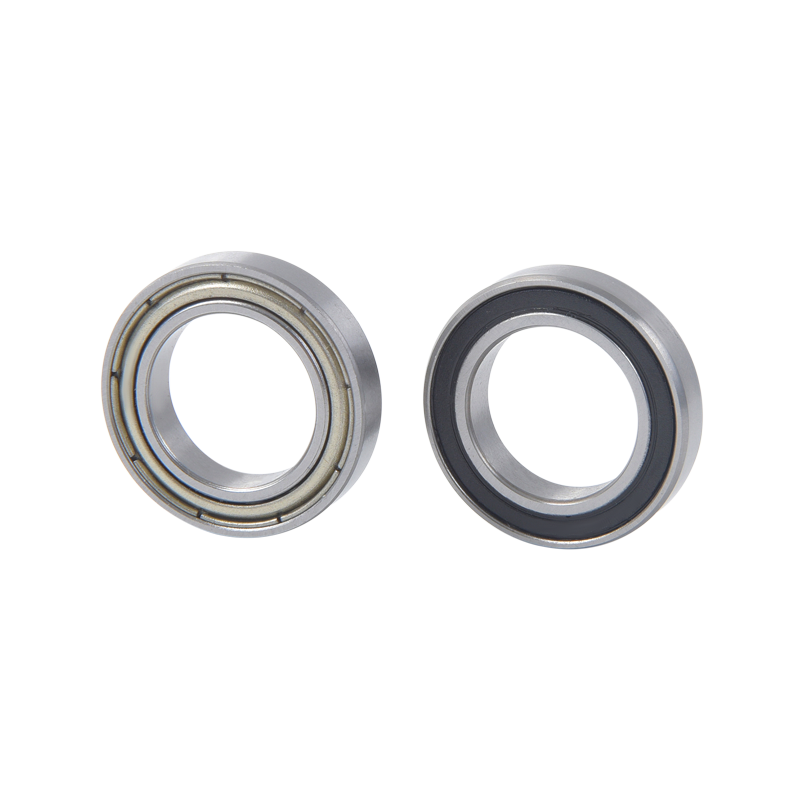Micro precise deep groove ball bearings are crucial components in various industries, including robotics, medical devices, aerospace, and automotive. These bearings provide smooth rotational motion with low friction and high precision. Manufacturing such bearings at a micro-scale presents unique challenges due to their small size and intricate design. In this response, we will discuss the manufacturing techniques and challenges associated with micro precise deep groove ball bearings.
Manufacturing Techniques for Micro Precise Deep Groove Ball Bearings:
Material Selection: The first step in manufacturing micro precise deep groove ball bearings is selecting the appropriate materials. High-quality bearing steel, such as chrome steel or stainless steel, is commonly used due to its excellent hardness, corrosion resistance, and fatigue strength.
Precision Machining: Micro machining techniques, including precision turning, milling, and grinding, are employed to create the intricate features of the bearing components. Computer Numerical Control (CNC) machines equipped with high-precision tools and cutting techniques are used to achieve the required dimensional accuracy.
Heat Treatment: Heat treatment processes like hardening and tempering are crucial to enhance the bearing's hardness, durability, and resistance to wear. This ensures the bearings can withstand high loads and provide extended service life.
Surface Finish: Achieving a smooth surface finish is critical to reduce friction and wear. Grinding and polishing processes are employed to achieve the required surface roughness and minimize irregularities.
Assembly: Micro precise deep groove ball bearings consist of multiple components, including an inner ring, outer ring, balls, and cages. Assembly techniques, such as manual assembly, automated assembly, or specialized micro-assembly equipment, are used to ensure precise alignment and proper functioning of the bearing.











 No. 7, Tangchuang Garden, Yangshan Village, Di Tang Street, Yuyao City, Ningbo City, Zhejiang Province, China.
No. 7, Tangchuang Garden, Yangshan Village, Di Tang Street, Yuyao City, Ningbo City, Zhejiang Province, China.
 +86-15706849036
+86-15706849036 +86-0574-63267578
+86-0574-63267578 +86-0574-63265856
+86-0574-63265856
